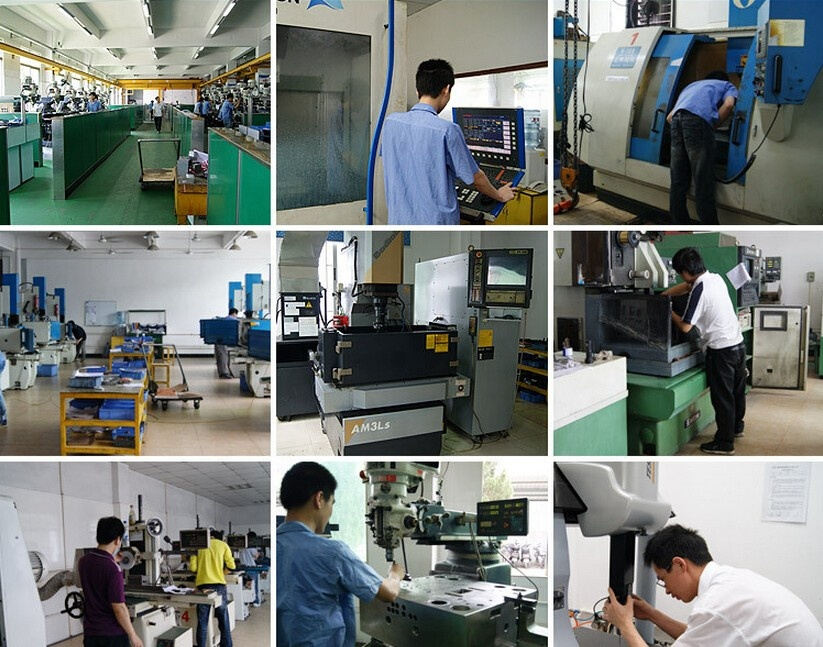The inclined top is one of the structures of the mold. Before designing, make a systematic analysis of the product structure. According to the product structure, the mechanism introduced to deal with some undercuts (the mechanism for dealing with undercuts also has a row position), then the row position and the inclined top Where is the difference?
The basic principle of the lifter and the row position is to replace the vertical movement of the mold with the horizontal direction. The biggest difference lies in the different sources of driving force: the lifter mainly moves by the movement of the thimble plate. It is not like the row position is based on the design of the opening and closing of the male and female molds. Therefore, the design of the lifter is related to the stroke of the ejector plate, which is the biggest difference between the lifter design and the row position design.
Problems that should be paid attention to when designing a sloping roof:
1). The inclined roof not only plays the role of core pulling, but also can play the role of ejection. 2). The sloping roof must be designed with a 5-10MM long straight body as the sealing position and as the touch plane. 3). The core pulling distance should be at least 2mm greater than the undercut depth. 4). There should be enough space for the inclined top to slide in the direction in which the inclined top slides on the glue surface of the product, and there should be no glue shoveling or interference with other parts.
If the top is inclined, it will leave an imprint on the product, which is a normal phenomenon.
Post time: Jun-13-2022

